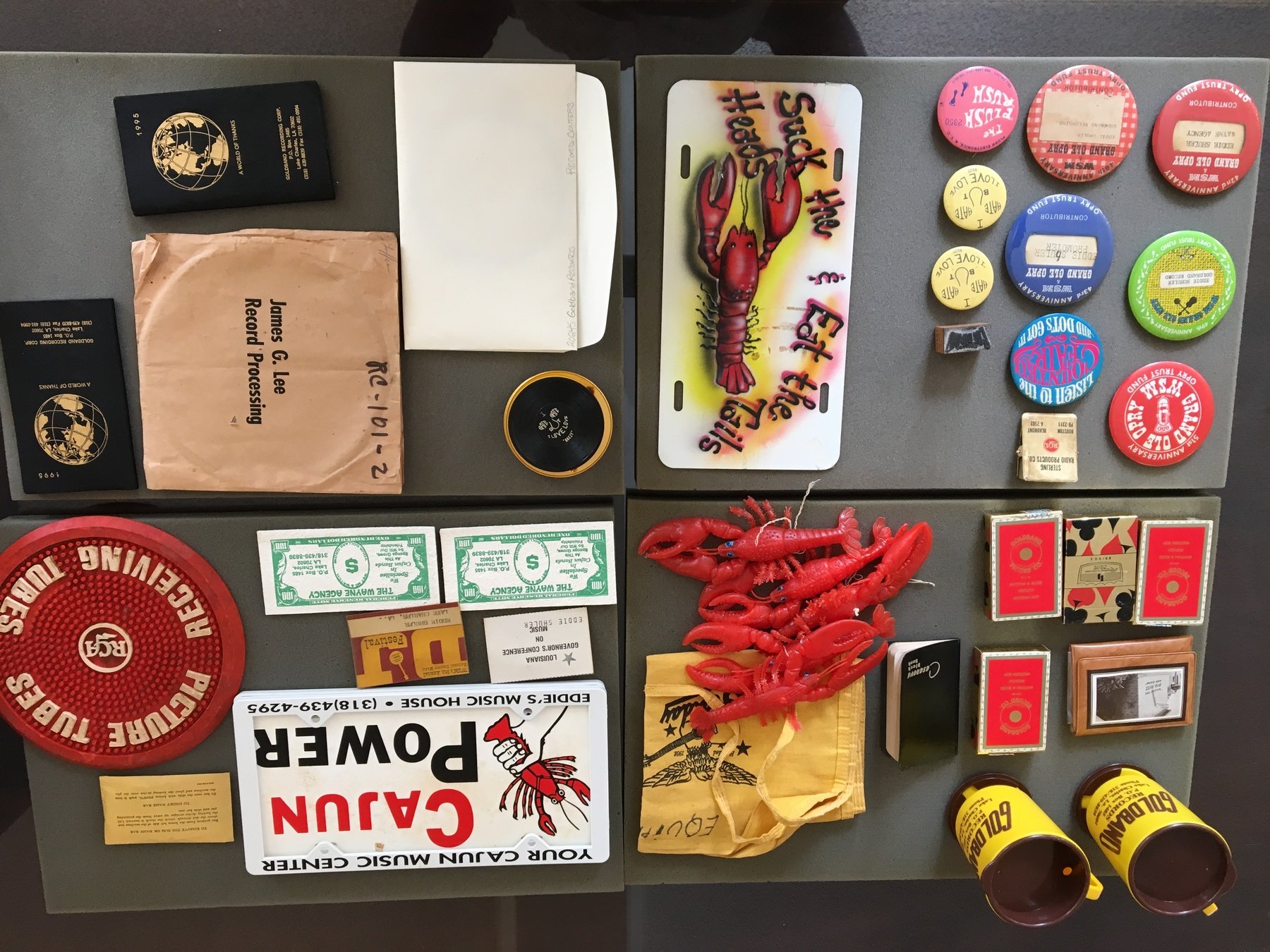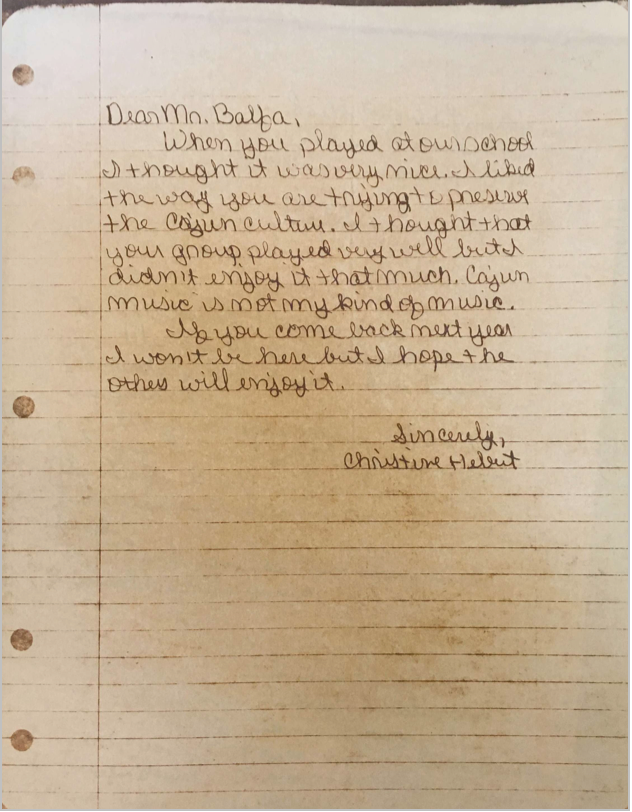Primary sources








Primary Sources and Secondary Sources
Primary Sources
Sources that are from or near the time period you are studying.
We use these as evidence to guide our interpretation.
Examples: Letters, Photographs, Newspapers, Maps
Secondary Sources
Sources that offer interpretations of the past based on primary sources.
These will offer an argument about the past with citations to show how the author explored their interpretation.
Examples: Books, Journal Articles, some digital projects
Putting it together
Reading secondary sources on our topics can help us find primary sources.
Pull out certain names, events, dates, or places in your secondary reading that might help you learn more about an aspect of your topic.
Then, use primary sources to offer your own arguments about this topic and enter the scholarly conversation.
For more: https://www.historyskills.com/2019/03/22/what-s-the-difference-between-perspective-and-bias/
Perspective and Bias in primary sources
Some of these sources will have bias. This means that they are created with a particular agenda in mind. An easy way to spot bias is to understand who is creating it or to identify particularly emotional or extremely positive or negative language. Also knowing who created this source, where it was published, when/what is was responding to, and why it was created can help to uncover potential bias.
All sources have a perspective: we all see the world from particular perspectives, and the sources left behind reflect that. For this reason, it is important to understand the context of what you're reading so that you can understand the perspective of the person/institution/organization that created it:
who, what, when, where, and why.
tips to find primary sources:
-
Looking at a particular location? Start with city, library, and university archives.
-
Looking at a particular person? Check institutions, states, or cities where that person worked or made an impact.
-
Keyword search AND browse to find the most relevant sources for you (refer back to Milligan slides from last week).
-
Use footnotes to see where other scholars have found primary sources on your topic.
-
Think about what kind of sources you want to examine--letters, photographs, etc.--and find a collection to guide your research.
- Let sources shape your question! You might stumble across something more engaging or interesting that reframes your research--this is good! Chase the lead.
Some Digitized Primary Sources
-
Louisiana Digital Library: https://louisianadigitallibrary.org/
-
New Orleans City Archives and Special Collections: http://archives.nolalibrary.org/~nopl/spec/speclist.htm
-
XULA Digital Archives: https://xula.libguides.com/c.php?g=1017548&p=7370899
-
New York Public Library Digital Collections: https://digitalcollections.nypl.org/
-
Library of Congress Digital Collections: https://loc.gov/collections/
- ArchiveGrid (search engines for archival sources--NOT comprehensive): https://www.oclc.org/research/areas/research-collections/archivegrid.html
Primary sources
By jdauteri
Primary sources
- 512



